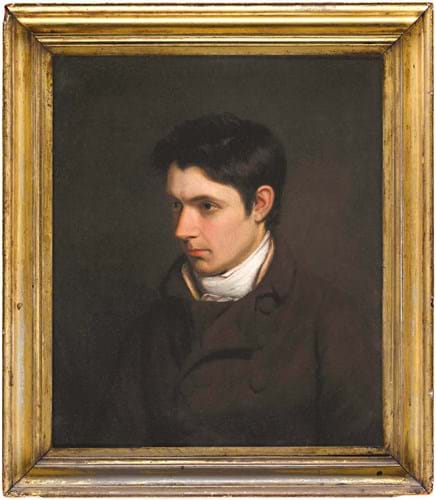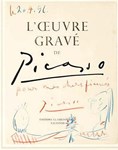
Though largely forgotten since his death, the social commentator, painter, philosopher and critic was widely regarded as the most brilliant essayist of his day.
During his lifetime he befriended the Romantic poets Samuel Taylor Coleridge, William Wordsworth and John Keats and penned the major publications The Character of Shakespeare’s Plays (1817), Political Essays (1819) and The Spirit of the Age (1825).
However, his reputation declined after he wrote Liber Amoris (1823), which chronicled his unrequited love affair with a servant girl. It was savaged by critics and he died in poverty several years later.
The 2ft 2in x 22in (66 x 56cm) oil on canvas, which was spotted at auction by London art dealer Abbott and Holder, is believed to be a contemporary version of a missing original by the sitter’s brother and miniaturist painter John Hazlitt (1767-1837). The portrait has since sold for £25,000 to one of the gallery’s private clients.
The lost original portrait, dating to c.1805-10, is thought to have been painted to mark the completion of Hazlitt’s first manuscript, Essay on the Principles of Human Action, in 1804 when he was around 26 years old.
“We realised this isn’t just a portrait of Hazlitt, this is Hazlitt in a very specific period of his life,” said the gallery’s Tom Edwards. “He was a very tragic, difficult and cantankerous character, hugely led by his strong values and that caused many personal rifts with people.
“This is him long before that, when he has just realised he can’t make it as a painter, he has turned back to his writing after a real struggle to get the first manuscript together and he has had his first meeting with Coleridge and Wordsworth in the Lake District.
“It is a marker of him coming of age as a writer and at this point, he was one of the great hopes of his generation.”














